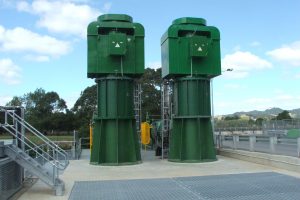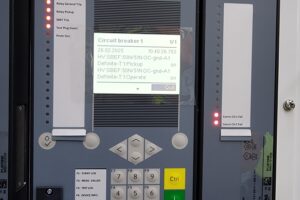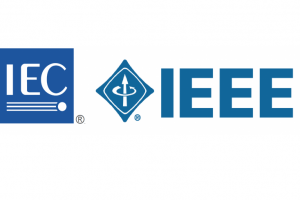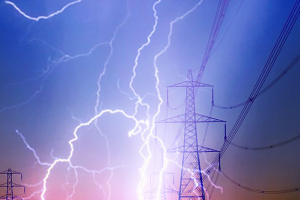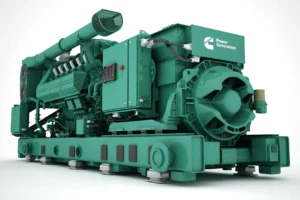1. Introduction
High voltage (HV) electric motors-generally rated at 1kV and above-are critical assets in industrial and utility-scale applications. Their continuous, reliable performance is essential for plant productivity and safety. To ensure optimal function and early fault detection without interrupting production, a suite of online (operational) tests is employed. These tests monitor electrical, thermal, and mechanical conditions while...
Protection Philosophy for Renewable Energy Integration
Aligned with IEC and IEEE Standards
1. Introduction
The integration of Renewable Energy Systems (RES), such as Photovoltaic (PV) solar power, Wind Energy Conversion Systems (WECS), and Battery Energy Storage Systems (BESS), into existing electrical networks necessitates a well-defined protection philosophy. This document presents a comprehensive strategy to ensure safety, reliability, and compliance with international standards. It addresses the specific...
Trends and Impacts of Artificial Intelligence in Electrical Power System Protection
1. Introduction
The transformation of modern power systems-driven by the proliferation of renewable energy, decentralized generation, and smart grid technologies-necessitates more adaptive and intelligent protection mechanisms. Artificial Intelligence (AI) has emerged as a powerful tool in addressing the limitations of conventional protection schemes. This report outlines the current trends, development, implementation strategies, and impacts of AI in the domain of...
Ground Fault Detection Methods in Power Systems: Techniques, Applications, and International Standards
Ground faults are one of the most common and potentially damaging disturbances in electrical power systems. They occur when a phase conductor unintentionally comes into contact with the ground or any grounded surface. Accurate and timely detection of ground faults is crucial to ensuring personnel safety, equipment protection, and system stability. This article outlines the key methods used in detecting...
Posted in Design / Lightning Protection on June 25th, 2025
Lightning Protection Requirements for Hazardous Areas: International Standards Compliance
Abstract
Hazardous areas, particularly those containing flammable gases, vapors, or dust, are highly susceptible to ignition from lightning-induced transients. Ensuring proper lightning protection in such environments is not only a safety necessity but also a regulatory requirement. This article outlines the recommended lightning protection requirements for hazardous areas in compliance with international standards such as IEC 62305, IEC 60079,...
Generator Grounding Methods and Harmonic Behavior During Ground Faults
1. Introduction
Proper grounding of generator neutrals is critical to ensure personnel safety, protect equipment, and enable effective fault detection. IEEE Std C37.101, “Guide for Generator Ground Protection,” outlines various grounding methods and their associated protection strategies. A key
consideration during ground faults is not only the magnitude of fault current , but also the presence of harmonic components,...


